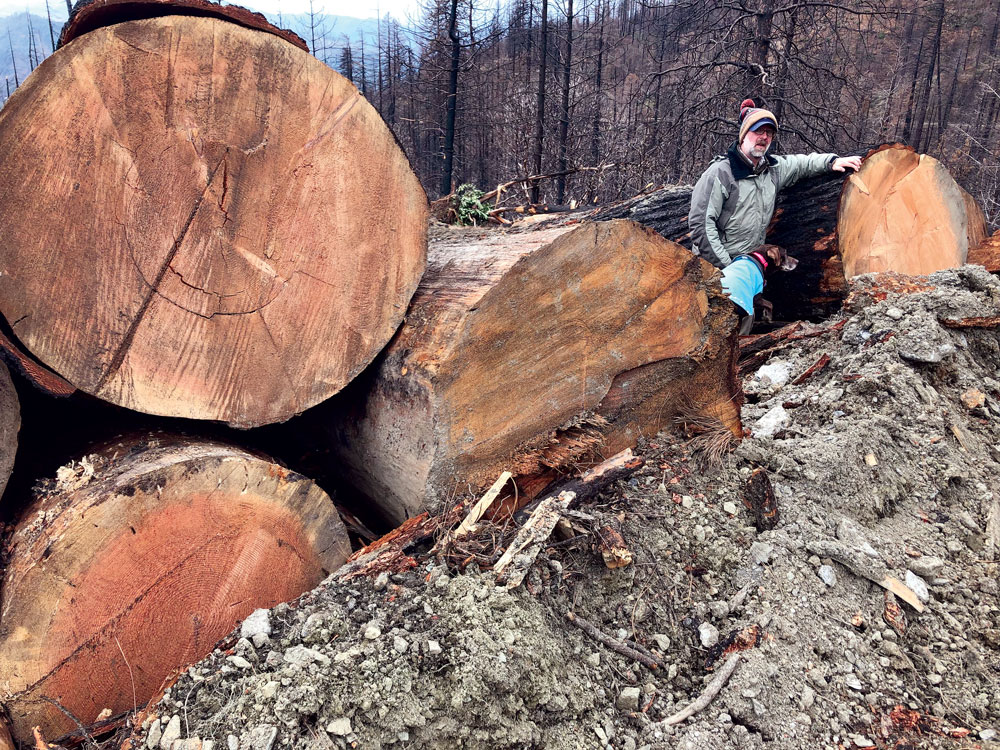Klamath National Forest Targets Old-Growth Reserve for “Salvage” Logging

Klamath Siskiyou Wildlands Center
By George Sexton, Conservation Director, KS Wild
Headwaters of the Salmon River Threatened
Nestled in the headwaters of California’s renowned Salmon River are scenic trailheads accessing epic hikes in the Trinity Alps Wilderness Area. The surrounding forests and tributaries are crucial refugia for spotted owls, Pacific fisher, salmon, and steelhead. For good reason this special place was set aside as a Late Successional Reserve in the Northwest Forest Plan, which supposedly protected this corner of the forest from the Klamath National Forest’s logging agenda and directed the agency to manage the landscape for wildlife and watershed values.
Then came the 2021 River Complex wildfire, and the Klamath National Forest decision-makers threw the rulebook out the window. While planners in many of the surrounding National Forests responded to the fires by focusing on roadside hazard-tree abatement and fuels reduction near homes and communities, the Klamath did what the Klamath usually does and proposed extensive clearcutting on steep slopes above salmon habitat in the backcountry.
River Complex Salvage Timber Sale
The River Complex salvage timber sale primarily targets old-growth snags providing “post fire foraging habitat” for northern spotted owls within a Late Successional Reserve that was also designated by the U.S. Fish and Wildlife Service as Critical Habitat. If there is any place that should be off limits to clearcutting, this is it.
Klamath timber planners contend that the proposed salvage logging does not constitute “clearcutting” because of the retention of a minimal number of trees and snags—yet the vast majority of “leave trees” are located outside the proposed logging units, such that where logging occurs all the forest structure will be removed. That’s what most reasonable people call clearcutting.
An Unresponsive Agency
Klamath country is fortunate to have robust restoration, tribal, and conservation organizations that know the land, the watersheds, and the communities. Instead of partnering with those who know the land the best, the Klamath is famous for its “us against the world” timber-production agenda. Indeed, while ignoring local knowledge and information, the Klamath National Forest routinely exceeds its assigned timber-volume target. Collaboration and restoration always take a backseat to timber production following fires on this forest.
KS Wild looks forward to working with the Environmental Protection Information Center, the Klamath Forest Alliance, and the Mt. Shasta Bioregional Ecology Center to thwart this egregious logging proposal.
For more information: www.kswild.org
